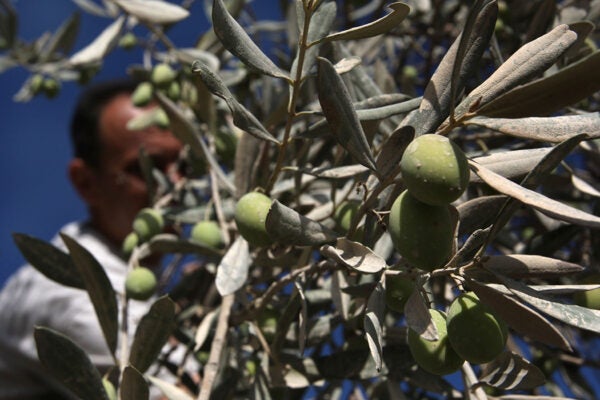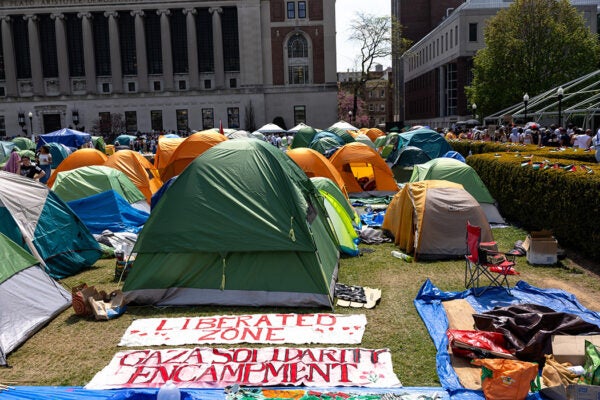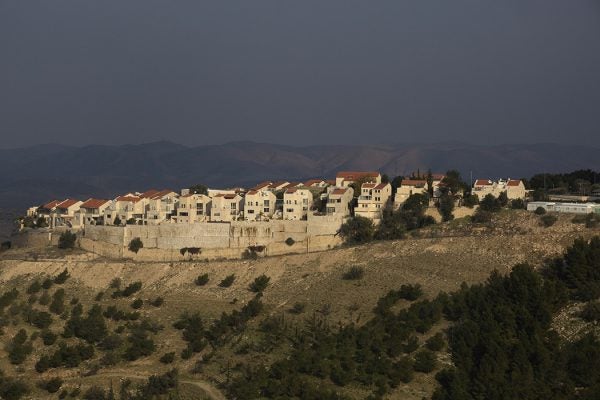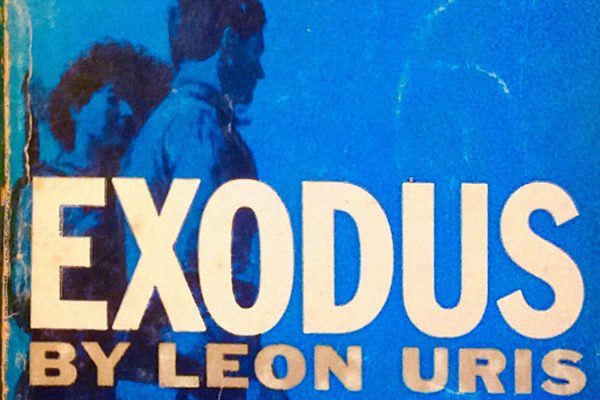The Olive Trees of Palestine
Palestinians’ economic relationship and cultural identification with olive trees has become increasingly relevant for the West Bank.
Why Call for Divestment?
Students are calling for their universities to divest from companies involved in the manufacturing of arms used in Gaza. How effective is this strategy?
Palestinians against Fascism
Thousands of Palestinian Arabs volunteered to fight against Germany and Italy during World War II, serving alongside Jewish volunteers from Mandate Palestine.
Israel and Gaza: A Syllabus of Background Readings
How can we help students begin to make sense of the current and recurring violence in Israel and Gaza?
Revisiting Yeshayahu Leibowitz
The late Israeli thinker spoke of the occupation's moral cost for both sides of the conflict. A philosopher considers how his nuanced arguments hold up in 2023.
Electrifying the Arab-Israeli Conflict
Jewish immigrants and British authorities tried to sell electrification as a matter of business while Palestinian Arabs viewed it as a Zionist nation-building project.
Arabic Hebrew, Hebrew Arabic: The Work of Anton Shammas
Within the alienated and antagonist cultures inside Israel’s borders, Arabic and Hebrew—related, but mutually unintelligible languages—cross-fertilize each other.
Settlements and the Israel-Palestine Conflict: Background Reading
Scholarship about Israeli settlement in occupied Palestinian territories provides historical context for recent violence in the region.
How Americans Were Taught to Understand Israel
Leon Uris's bestselling book Exodus portrayed the founding of the state of Israel in terms many Americans could relate to.
Should Banksy be on the West Bank?
Who is Bansky better serving with his artwork in Gaza? Those living on the bank itself or his personal brand?









